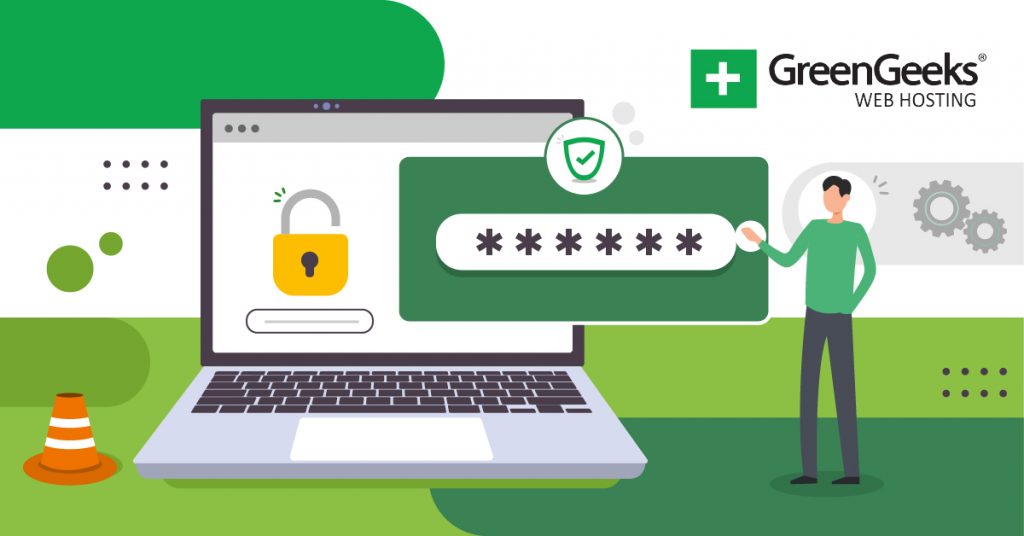Email security is one of the most important aspects when setting up your domain. Because malware and hackers constantly bombard email addresses, you need to provide the best security you can.
Otherwise, you may be delaying the inevitable when someone gains control of your website or computer system through messages.
In this email security tutorial, I’m going to go over what the encryption servers do and how you can avoid being a victim. Don’t believe that because your domain and website are small that malware and hackers won’t find you interesting.
Types of Email Security
Email protocols encrypt data from the server to a receiving computer or app. However, there are varying degrees of this security, and not all of them are 100 percent effective against being corrupted in some form. For example, mail sent or received on a secured network thanks to SSL certificates is less likely to be compromised than standard messages.
Secure POP3
POP3 is one of the most common forms of protocol for receiving messages. Using Secure POP3, or POP3s encrypts the data while shifting to a more protected port.
Secure IMAP
IMAP email is a convenient and efficient method of messaging. Instead of downloading messages, email is saved remotely which makes it a faster method.
It also seems synchronized across various devices because the message and folders themselves are not technically stored on a computer system. Secure IMAP works the same as POP3, but with the added benefit of speed and flexibility.
Secure SMTP
SMTP is the standard protocol for sending messages. Secure SMTP encrypts messages as they leave the server reducing the risk of being compromised.
Secure HTTP
HTTP is a protocol used in some email systems that are web-based. For example, https://webmail.ggexample.com would open the Webmail application on many cPanel-based servers. HTTPS is the secure method of this practice as is related to installing an SSL certificate on your account.
7 Ways to Keeping Your Accounts Safe
- Use antivirus programs.
Antivirus programs to keep your computer and email clean prevents spreading bad messages. - Keep software updated.
Whether you’re using WordPress or have an email app installed on your computer, keeping them updated prevents corruption. - Be careful what you open.
Never open suspicious emails, especially if they are asking for personal information. Be wary of any attachment that is included. - Be careful what you subscribe to.
Subscribing to the wrong email or newsletter can result in a massive wave of spam. Be mindful of who you give your address to. - Use ID Protect to prevent spamming.
One of the first things spammers look for is the Whois information of your domain. Tools like ID Protect prevent this from happening. - Use file scanning and malware removal plugins on your website.
If you use applications like WordPress or Joomla, you can install firewall plugins and file scanners to keep the domain clean of elements that may take advantage of your email accounts.
Keeping Your Data Secure
Hackers, bots, and malware will test the limits to gain access to your email accounts. This is how a large portion of spam is delivered around the world. From identity phishing messages to spreading malware, it all starts with an unprotected server. Don’t assume that you’re safe from the criminal element. Even the smallest of domains can lead to the biggest of problems for other people.

